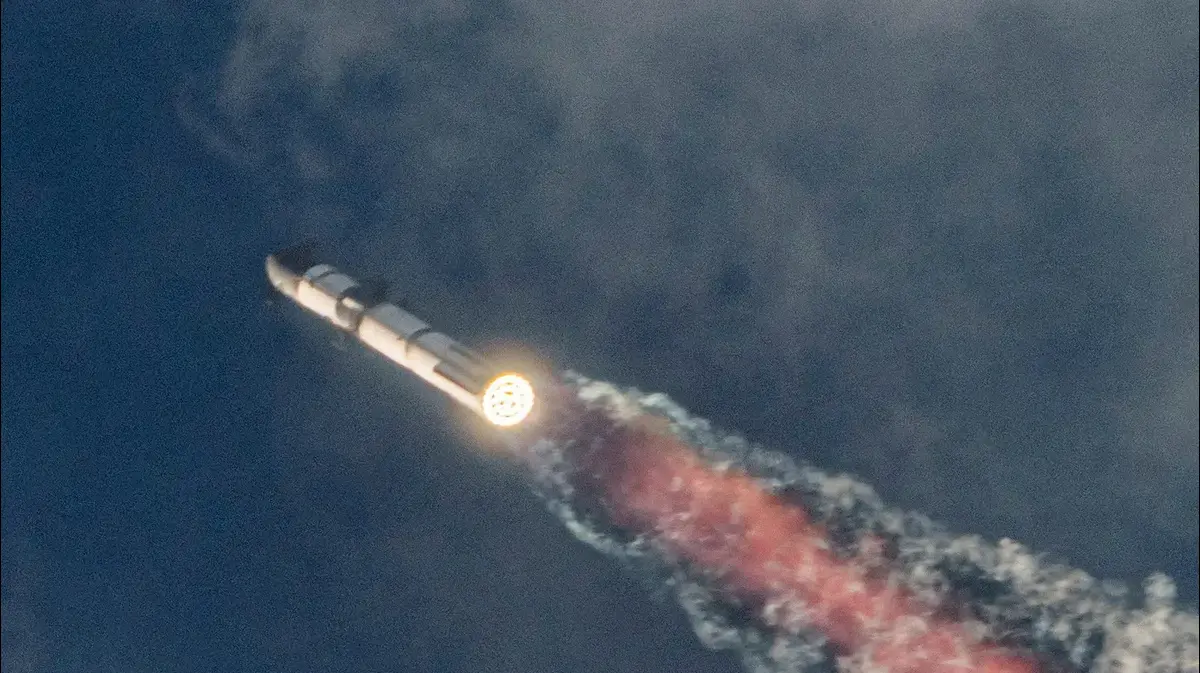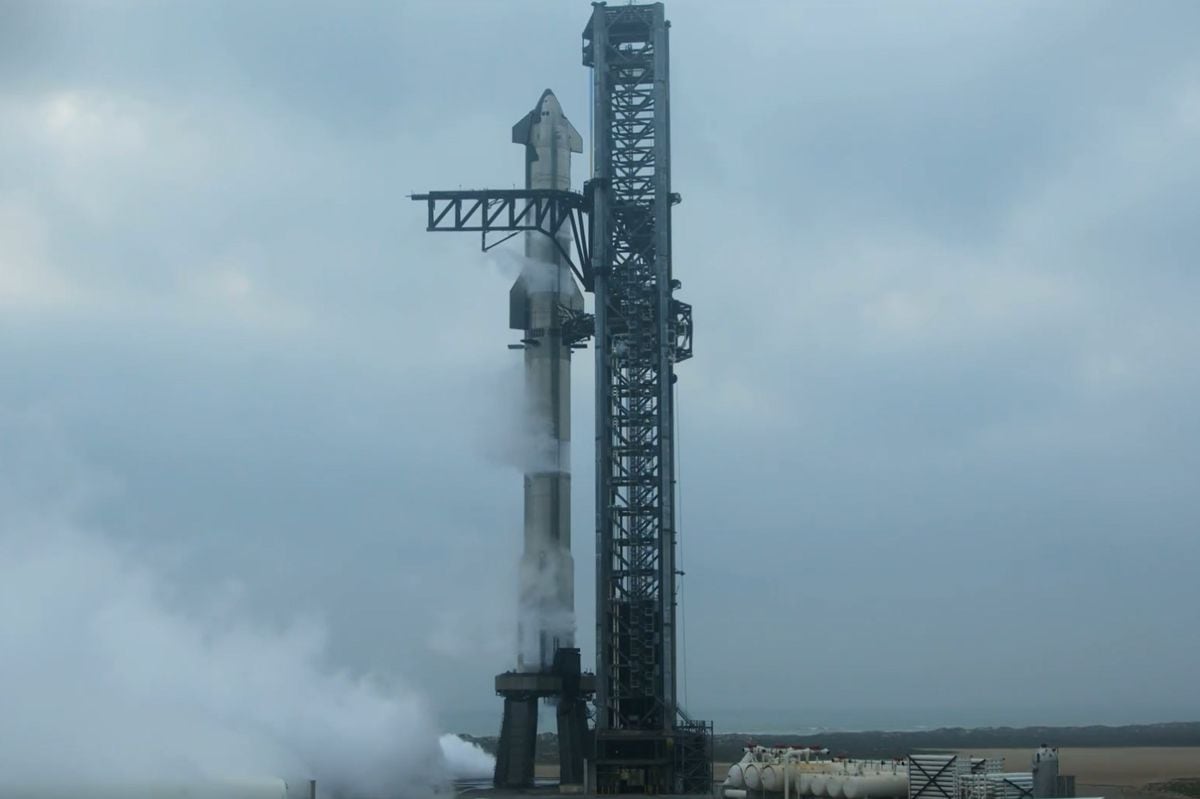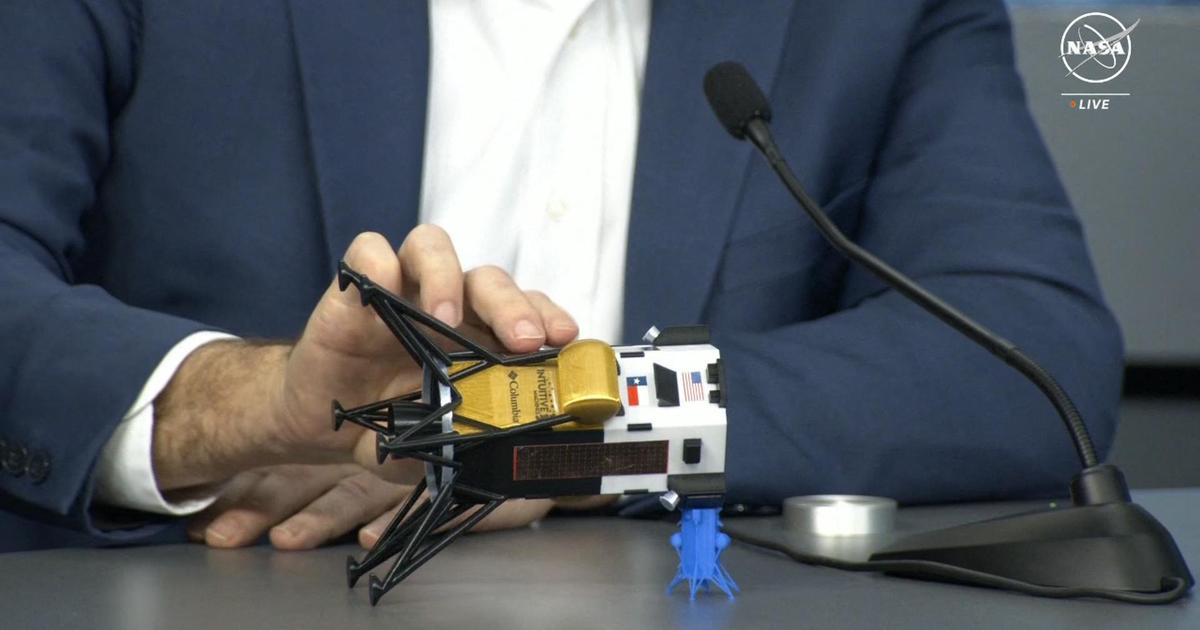New setback for NASA's new mega rocket supposed to reach the Moon.
The take-off, already aborted twice due to technical problems, will take place no earlier than September 27, the American space agency announced on Monday.
This highly anticipated test flight of the Artemis 1 mission, without a crew on board, must test the SLS rocket (for Space Launch System) in real conditions and the Orion capsule at its summit, where the astronauts will take place in the future.
To get a green light, NASA teams must successfully complete a fuel tank filling test and obtain a special waiver to avoid re-testing the batteries on an emergency destruction system. rocket.
If the agency does not receive it, the rocket will have to return to the assembly building, which would push the schedule back several weeks.
Read alsoMission Artemis: five questions about this double failure
The September 27 firing window will open at 11:37 a.m. local time for 70 minutes, with a scheduled end of mission on November 5.
A possible second window is scheduled for October 2, NASA said in a blog post.
Last week, NASA said it hoped to be able to launch SLS on September 23 or 27.
More than a decade of development
The rocket launch had been canceled on Monday August 29, and then again on Saturday September 3, due to technical issues.
This setback postpones the effective launch of the American program to return to the Moon, Artemis.
The orange and white SLS rocket, which has never flown before, has been in development for more than a decade.
Fifty years after the last Apollo mission, Artemis 1 should make it possible to verify that the Orion capsule, at the top of the rocket, is safe to transport astronauts to the Moon in the future.
For this first mission, Orion will venture up to 64,000 km behind the Moon, farther than any other habitable spacecraft so far.
The main objective is to test its heat shield, the largest ever built.
On its return to the Earth's atmosphere, it will have to withstand a speed of 40,000 km/h and a temperature half as high as that of the surface of the Sun.






/cloudfront-eu-central-1.images.arcpublishing.com/prisa/ZLW56GYGEBEJLPNDSNPUK2NJZE.jpg)







